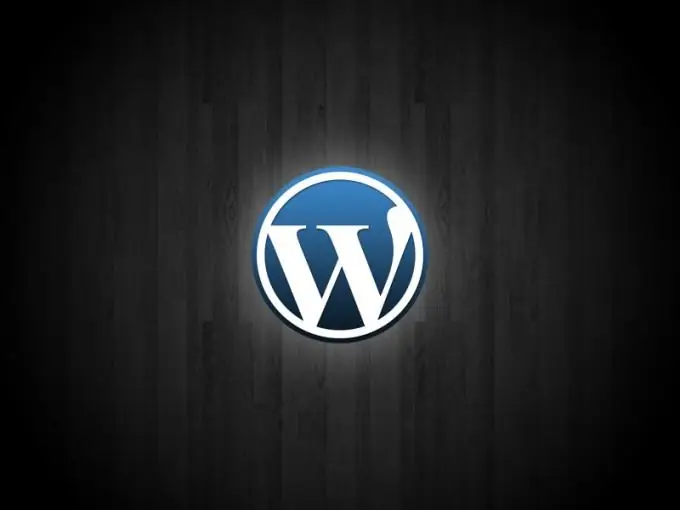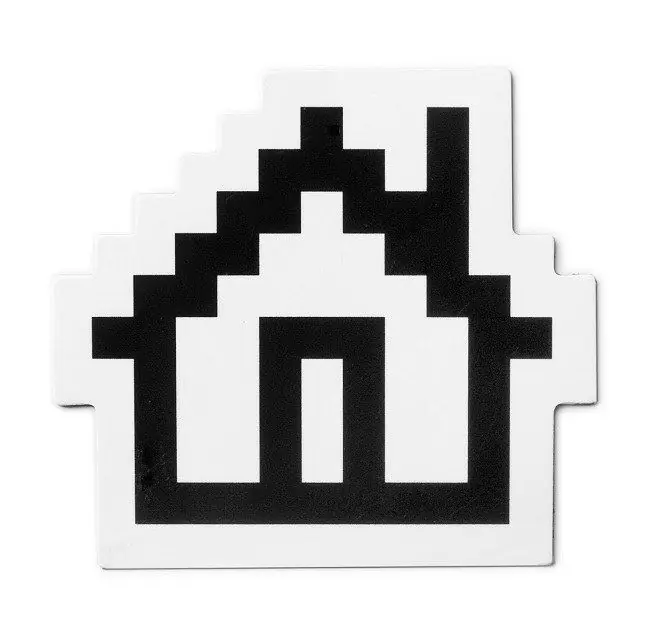- Author Lauren Nevill [email protected].
- Public 2023-12-16 18:48.
- Last modified 2025-01-23 15:15.
WordPress is a powerful tool for creating internet blogs of various difficulty levels. This site management system (CMS) has achieved its popularity due to the numerous functions and capabilities that will be useful to both a beginner and a more advanced user of the system.

Uploading to hosting
To create a WordPress site, you need to install it on your hosting. Download the latest version of the engine from the official Russian-language CMS site. To download, use the "Download WordPress" button located on the right side of the resource page.
After clicking on the button, the CMS will start downloading to your computer. After the download is complete, you need to open an FTP manager and transfer the file to your hosting. To download, you can also use the tools built into the control panel of your site or use alternative resources for copying files.
You can download WordPress through a computer FTP manager such as Total Commander or CuteFTP. To connect to the server, enter the account information that the hosting provider gave you after registration.
The archive should be downloaded to the root directory of the htdocs or www site.
In the FTP-manager window, unpack the CMS to the site. You can do this using the functions presented in the program window or on the page of the service used to manage files. You can also use the hosting control panel to unpack the ZIP.
MySQL database creation
Go to your hosting control panel and create a new MySQL database with any memorable name (eg wordpress). To do this, use the corresponding function of the control panel. After you have finished unpacking the files and adding the database, you can proceed to the direct installation of the engine.
Some hosting providers use an application called PHPMyAdmin to set up MySQL.
Installation
Enter your website address in the browser window. You will see the console for installing WordPress on the server. Select the language that you want to use during the installation and click on the "Create settings file" button. Enter in the corresponding fields of the page the name of the created database, username, password and server of the database you are using in accordance with the parameters provided by your hosting provider and the settings made at the time of creating the database. Click Submit.
On the next page, set the site title, username for using the admin panel and creating publications, a password for the CMS control panel, and an e-mail for sending notifications. Click on the "Install WordPress" button.
Wait until the installation completion notification appears on the screen, after which return to the FTP client and delete the install directory on your server. The WordPress installation is now complete and you can start setting up your resource configuration.






